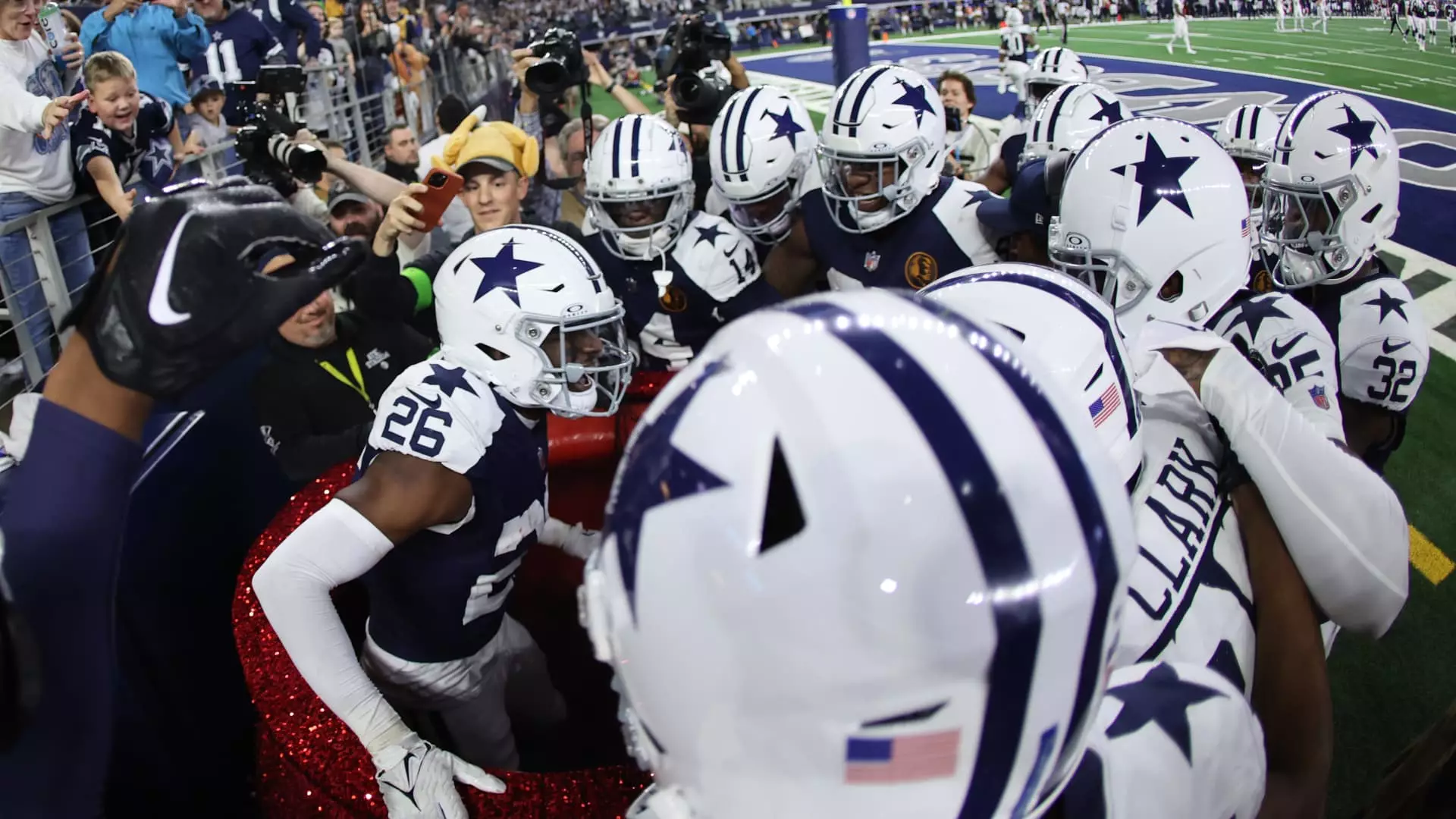In 1989, Jerry Jones purchased the Dallas Cowboys for $150 million at a time when the team was losing $1 million a month. Facing financial challenges, Jones knew he had to make significant changes to turn the team into a profitable venture. Fast forward 35 years later, and the Cowboys are worth a staggering $11 billion, making them the most valuable team in the National Football League by a wide margin.
Bold Decision-Making and Strategic Investments
Upon taking ownership of the Cowboys, Jones made bold moves that set new standards for league ownership. He immediately fired legendary coach Tom Landry and brought in Jimmy Johnson to lead the team. In 1989, Jones made a controversial decision to trade Herschel Walker, which ultimately led to acquiring players like Emmitt Smith and Darren Woodson. This strategic move paid off as the Cowboys secured Super Bowl victories in 1992, 1993, and 1995 under Jones’s leadership.
Innovations in Sponsorships and Revenue Generation
Jones didn’t just focus on on-field success; he also revolutionized the way teams generate revenue off the field. In 1995, he became the first NFL owner to secure individual sponsorship deals for the team’s stadium. By partnering with brands like American Express, Pepsi, and Nike, Jones maximized sponsorship revenue, giving the Cowboys a significant financial advantage over other teams. Today, the Cowboys boast over $250 million in sponsorship revenue, far exceeding any other NFL franchise.
Jones’s savvy business acumen was further demonstrated when he negotiated ownership of AT&T Stadium in 2009. Despite the city of Arlington owning the stadium, Jones secured operating rights, allowing him to retain revenue from stadium events. By hosting a diverse range of events, from football games to Monster Jam and boxing matches, Jones ensures a steady stream of income that he doesn’t have to share with other team owners.
While Jones has faced criticism for the Cowboys’ lack of Super Bowl appearances in recent years, there’s no denying the economic blueprint he has created for NFL teams. The Cowboys’ meteoric rise in value, from $150 million to $11 billion, is a testament to Jones’s vision and strategic decision-making. Compared to the S&P 500’s 18-fold increase over the same period, the Cowboys’ 73-fold growth is a remarkable achievement in the world of sports ownership.
Jerry Jones’s transformation of the Dallas Cowboys from a struggling franchise to a billion-dollar empire serves as a case study in effective leadership and business innovation. By making bold decisions, securing lucrative sponsorships, and ensuring financial autonomy through stadium ownership, Jones has set a new standard for success in the NFL. Despite challenges and criticisms, the economic success of the Cowboys under Jones’s leadership is undeniable, solidifying his legacy as a visionary owner in professional sports.


Leave a Reply